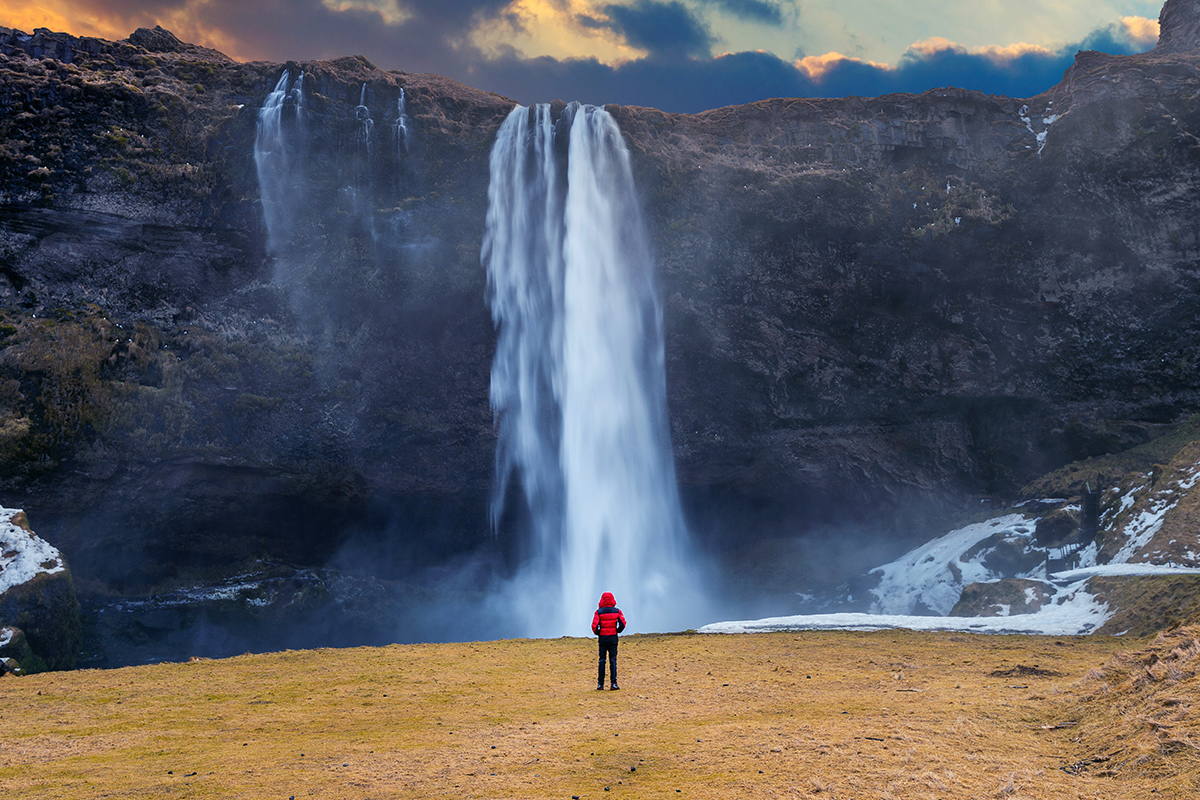Extreme tourism is for those who want to go beyond conventional relaxation, experience adrenaline, and test their limits. This type of tourism includes a wide variety of active adventures: from skydiving to conquering snow-capped peaks and diving into the ocean depths. Let’s explore why extreme travel is so enticing for adventurers.
Extreme Tourism: What Makes It Attractive?
Extreme tourism is associated with increased risk and includes activities beyond traditional tourism. Rock climbing, mountain river rafting, skydiving, scuba diving, trekking, and many other types of active recreation have become a way for many people to feel the true taste of life, step outside their comfort zone, and test their abilities.
Adrenaline and Physical Fitness
When a person faces a challenge or danger, adrenaline levels rise in the body, leading to a surge of energy and concentration. This chemical reaction creates feelings of excitement, satisfaction, and exhilaration. People who enjoy extreme tourism often say that these adventures help them feel alive and happy. They learn to overcome fears, become more self-confident, and start viewing the world differently.
Extreme tourism also promotes physical fitness, as many types of active recreation require good physical preparation. Participants in extreme adventures improve their health, increase endurance, and build physical strength.
Popular Destinations for Extreme Tourism
The world offers many destinations for extreme travel, from deserts and jungles to high mountains and deep oceans.
Mountain Tourism and Mountaineering
This is the perfect option for those who love heights. Mountains are always a challenge that requires good physical fitness and survival skills. Climbing Everest, Mont Blanc, Kilimanjaro, or Elbrus attracts mountaineers from around the world who are ready to test themselves, battle nature, and feel triumphant while standing on top of the world.
Parachuting and Skydiving
These types of tourism allow you to feel complete freedom and enjoy a bird’s-eye view. Skydiving is pure adrenaline and can be a way to overcome a fear of heights and enjoy the sensation of flight. Many people choose skydiving over beautiful natural landmarks, such as the Grand Canyon, Hawaiian beaches, or the Swiss Alps.
Rafting and Kayaking
Rafting and kayaking offer a fantastic opportunity to test yourself against the current and learn to respond quickly to unexpected turns. The most popular rafting spots are the Zambezi River in Africa, the Colorado River in the USA, and the Katun River in Russia.
Diving and Underwater Exploration
For those who dream of exploring the underwater world, diving opens up unique opportunities. Diving among coral reefs or sunken ships, encountering marine life – it’s an adventure that provides unforgettable experiences. Popular diving destinations include the Great Barrier Reef in Australia, the Maldives, and the Red Sea.
Safari and Desert Travel
Sandy dunes and dry deserts attract travelers with their wild beauty and unpredictable conditions. Desert travel requires good preparation but offers a chance to see unique flora and fauna. The Sahara, Namib, and Gobi Deserts are among the best for extreme travel.
Preparing for Extreme Tourism: What You Need to Know
Extreme tourism requires thorough preparation to minimize risks and ensure safe adventures.
Physical Preparation
Extreme trips require endurance and strength, so it’s essential to train before the journey. For mountain hikes, strengthening leg and back muscles is important; for rafting, arm muscles are key. Regular exercise helps cope better with physical challenges and avoid injuries.
Knowledge of Safety Techniques
It’s crucial to understand basic safety rules for each type of tourism. If going rafting, be sure you know what to do if the boat capsizes. If planning a parachute jump, take a safety course on emergency procedures.
Equipment and Gear
Professional equipment can protect against potential injuries and unforeseen situations. For diving, reliable gear is essential; for mountain hikes, sturdy boots, quality trekking poles, and waterproof clothing are a must.
Mental Preparation
Extreme tourism can induce stress and fear, especially when faced with unfamiliar or intimidating conditions. Practicing mindfulness, breathing exercises, and maintaining a positive attitude can help manage stress and enhance the enjoyment of the adventure.
Extreme tourism is a unique type of travel that brings unforgettable emotions.


